Jünger Audio flexAI: A Deep Dive with Friedemann Kootz
By The Telos Alliance Team on Mar 5, 2024 1:19:31 PM
A look inside the most flexible audio-handling ecosystem yet for TV production
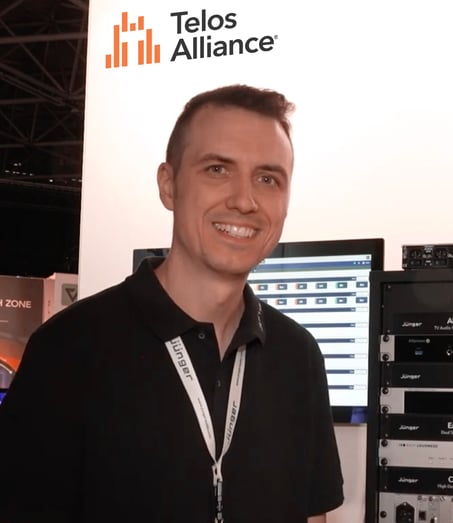
In our ongoing exploration of cutting-edge audio technology, we had the pleasure of sitting down with Friedemann Kootz of Jünger Audio to delve into the innovative flexAI platform.
Telos Alliance: Hello Friedemann. Tell us a bit about yourself.
Friedemann: I am one of the four owners and managing partners of WOKS Audio, which operates the Jünger Audio brand. The original Jünger Audio company was founded in Berlin in 1990 by Herbert and Irmgard Jünger, who were audio engineers in the East German public broadcast service. They started Jünger Audio just as Germany was reunified, and the brand quickly expanded into a worldwide business with a strong reputation for supplying highest-quality solutions to leading TV and radio broadcasters, IPTV providers, music recording studios, and even post-production facilities. It’s still a family business; my partners and I purchased the company in 2019, but the entire team, including myself, came from the original Jünger Audio company.
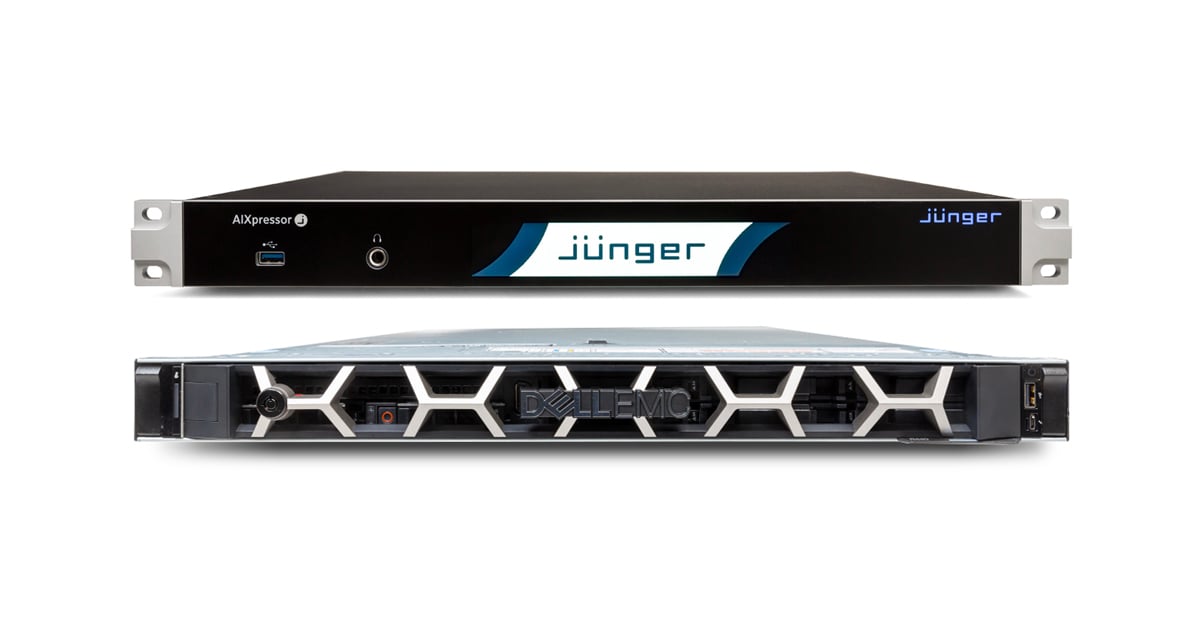
TA: Your premier products are the flexAI platform and the AIXpressor, which is part of flexAI. Can you explain this ecosystem for our readers?
Friedemann: The name flexAI stands for “flexible Audio Infrastructure”. It’s a system that combines reliable hardware for real-time operation - that’s the AIXpressor device - with the flexibility of software-defined audio processing applications. At its heart, flexAI is a real-time modified Linux operating system with a DSP framework on top, which supports software modules that can be linked and customized to achieve very sophisticated audio processing workflows.
For example, flexAI engine is our high-performance audio core that can perform audio processing, audio measurement, and even codec functions. flexAI core is the base system and the flexible audio routing engine that supports nearly every modern digital audio I/O and control protocol you can think of. You pick the features you want by adding licenses to the system.
All flexAI applications run on the AIXpressor, or on Jünger Audio’s range of flexAIserver audio processing servers, which can be scaled up to a spanned array of multiple units, depending on your needs and workflow.
TA: That sounds very powerful.
Friedemann: It is! And the cool thing is that flexAI can run on any x86 Intel-based processor. So you can put it on your own server or you can put it on our AIXpressor, which is a 19-inch one-rack unit device with a lot of baseband interfacing with our own Jünger technology.
TA: How much is “a lot” of baseband?
Friedemann: Well, just that - a lot! Server-based systems can handle tons of IP-based audio, and flexAI supports Telos Alliance Livewire+, AES67, SMPTE ST 2110-30 and -31. But there’s still a lot of baseband in the world, so there are option cards available for AIXpressor that let you connect to traditional analog, MADI, AES3, SDI, Dante and mic-level signals.
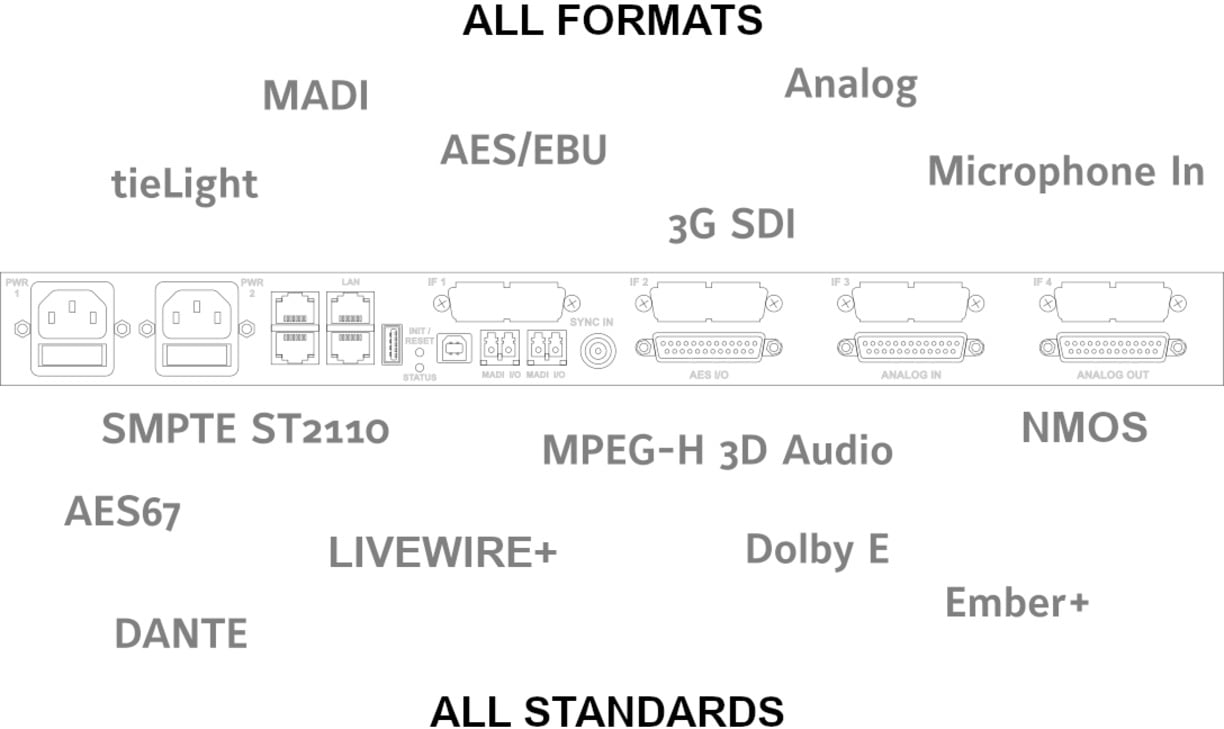
TA: And the system is expandable?
Friedemann: Yes. You can just add licenses to flexAI for additional processing, or add licenses for codecs. And at some point, if you grew out of the audio-handling capacity of AIXpressor, you could connect it with flexAI Server using our proprietary tieLight optical interface, which lets you shift up to 1,024 channels bi-directionally with almost zero latency.
And the flexAI platform can never become obsolete, because it’s based on COTS server platforms and software-defined hardware technology. The system can grow with you. Let’s say your operational needs expand, and three years down the road there’s a two-generation-newer Intel Xeon processor - you can just upgrade your hardware and have the CPU power of that next generation available.
And there's more: we are preparing flexAI to run in virtualized environments, so you use the same software in either local- or public-cloud deployments. So flexAI is really growing all the time in every direction.
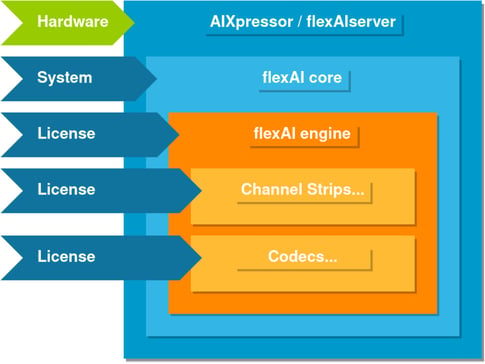
TA: It sounds like flexAI is ready for nearly any audio handling scenario users can throw at it. Tell us about some of the ways that customers use it.
Friedemann: Well, we have a really big base of customers that use flexAI for automating news and sports production. For example, in Italy, audio for televised Serie A Football [soccer] league games is totally mixed for online streaming services within a large flexAI system. They have, I think, three or four games at once with different commentary and different languages, all fed into flexAI systems which provide the voice processing and automixing instances for the different commentary languages, after which these different audio tracks are all embedded in SDI to feed the playout servers. This is one of the main things we currently see with some of the big sports providers in Europe; flexAI’s capabilities have made it very popular for that task.
We also see flexAI used to solve the same problem for news production. Many news organizations are staffed with reporters and editors who are not technical people. They don’t do final production on their pieces; they just feed everything into the flexAI system, and out comes a loudness-based automated mix output.
TA: What are some other examples?
Friedemann: I mentioned earlier that you can customize AIXpressor with your choice of up to 4 analog and digital I/O cards. One of these is a very pristine four-channel microphone input card. Some of our clients with large facilities have found that it’s very cool to load up an AIXpressor with 4 of these mic cards and have a high-performance 16-channel voice processor, which then directly feeds their AoIP network - LiveWire, AES67, ST2110, et cetera. Of course, you could feed baseband outputs too.
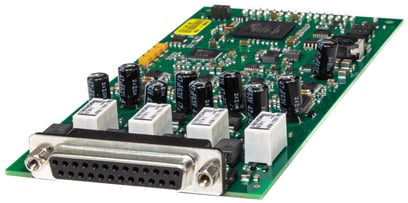
Here’s one more interesting use case for AIXpressor: you can use it as a codec gateway. For example, let’s say you need Dolby E decoding - we are a Dolby licensee. You configure your AIXpressor with 8 or 10 instances of the Dolby E codec, feed it with AES, SDI or ST2110-21 streams - whatever you want. And you get your Dolby in and PCM out, or the other way around. Easy!
TA: Can you tell us more about the audio processing features in flexAI?
Friedemann: Yes. We call these features “channel strips” to put a familiar name on the functionality, although they do a lot more than the classic definition of a channel strip.
For instance, we have a voice processing channel strip. This features all the Jünger algorithms, which are very popular and well known in Europe; for example, Jünger dynamics, equalizer, and the dynamic filter system called Spectral Signature. These are all included in our voice processing channel strip.
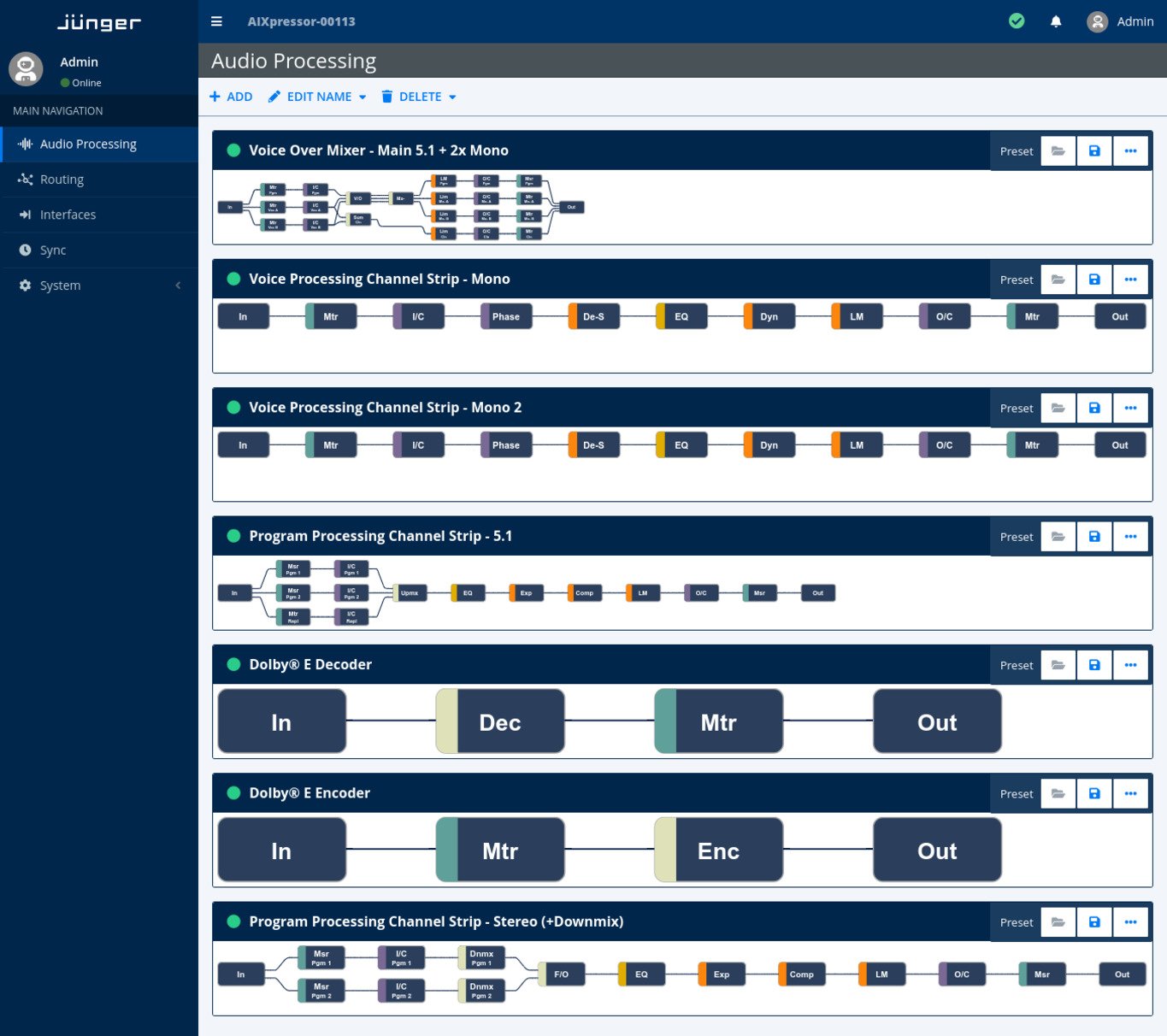
Then we have a program processing channel strip, which is a classic program preparation channel, including a very high-quality automatic upmix system in the 5.1 version. This channel strip has failover and auto-upmixing inputs, so you have the option to always broadcast in 5.1 no matter your input format, whether you are using your backup or main input. It automatically detects the input and automatically upmixes when necessary. This makes it a highly automated system that you can just set up once and never have to think about - it just works.
There is also a channel strip with voice-over mixing capabilities for up to six commentary inputs.
This voice-over system, the voice processing channel strip, and the program processing channel strip can all be combined into a big automixing system, where all the basic features are available within one module which also supplies a broadcast output and a mix-minus (and clean feed) output. And in 5.1, you even get an independent loudness-controlled stereo downmix output. Essentially, there’s a full broadcast-ready output system on the automixer.
TA: Wow!
Friedemann: Then we have watermarking from GfK, we have the Authoring and Rendering tools for MPEG-H 3D Audio and S-ADM for Atmos, and we have a second program processing channel strip in stereo that is mainly focused on radio applications, where you can activate an MPX and spectral limiter for FM broadcasts on your output.
TA: So this is a platform that can be customized exactly for what users need, set up so that the workflow is essentially pre-programmed and the people doing the production work just need to feed it.
Friedemann: That's right. And for control, you have NMOS, ISO-4, and ISO-5 for audio-over-IP, and for everything else, you have Ember+. So you get full control and you can fully virtualize the system in your automation if you like.
TA: So it sounds like the whole flexAI and AIXpressor ecosystem is very future-oriented, that you can expand it to accommodate whatever protocols or standards come down the road. Is that a fair statement?
Friedemann: Absolutely. For example, we are full licensees for all Dolby codecs, and we're implementing more of them as time goes on. We are also implementing the MPEG-H 3D audio codec. You can use this not only for rendering and authoring, but working with metadata and actually encoding audio to these formats. Metadata transport over IP as in 2110-41 is about to be released also. And more can be added; we can have any third-party integration by just integrating their “black box” code.
We're also looking into new control interfaces because people are concerned, for example, that protocols in the future will have to use HTTPS instead of just TCP and UDP for security reasons. So we are actively looking into new protocols, as well as having implemented the current industry standards. flexAI is an incredible audio handling system right now - but it is also ready for whatever the future brings.
Ready to find out how Jünger Audio’s flexAI platform can revolutionize your audio workflows? Contact the Telos Alliance sales team for a one-to-one conversation.
More Topics: Audio Processing, Automation, Audio Routing, Junger, AIXpressor, 2024, flexAI
Recent Posts
Subscribe
If you love broadcast audio, you'll love Telos Alliance's newsletter. Get it delivered to your inbox by subscribing below!